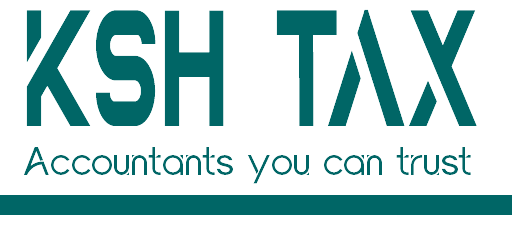Managing finances as small business owners in Australia is key to long-term success.
Claiming depreciation on your business assets is one of the most critical financial strategies you can have.
By claiming these assets, you can reduce your taxable income through depreciation, which is caused by accounting for the decline in value of some assets over time.
Our blog posts explore how small businesses in Australia can claim depreciating assets to maximize their tax benefits and more. Let’s dive deeper into it.
Understanding depreciating assets
If you live in Australia, you must have encountered physical assets that are not used due to wear and tear, usage, and other reasons.
These are known as depreciating assets. In many situations, any long-term assets a business uses to generate income may qualify as depreciating assets.
It can be anything from office furniture to vehicles, among many other unused items.
Some examples of depreciating assets include the following:
- Equipment and machinery such as computers, printers, and other tools found in the office.
- Vehicles used for business purposes. It could be cars, trucks or even vans.
- Buildings used for business purposes, such as commercial properties.
- Furniture and fittings, i.e. desks, chairs, and other furnishings in the office or workspace.
Why should you claim depreciation?
Claiming for depreciation is a common tax-saving solution in which the ATO allows individuals to participate.
It’s a powerful tax-saving strategy for small businesses, and this is why you should make your claim:
1. Reduce taxable income
You can lower your taxable income and overall tax liability by claiming depreciations.
2. Maximize cash flow
By claiming for deprecations, you can save money, which can be reinvested to fuel growth or cover operational expenses your business may need.
3. Spread the cost of assets.
Depreciation allows entrepreneurs to spread expenses over an asset’s useful life, which saves individuals from having to write off the entire cost of an asset in the year it was purchased.
How to claim depreciation on business assets in Australia
In Australia, small businesses can claim depreciation through the Australian tax office. They are required to follow the Income Tax Assessment Act 1997 rules as stated. With us are some of the ways you can claim depreciation on your business assets as follows:
1. Identify the type of asset.
We have:
- Depreciating assets- which means they have a limited useful life. A good example is machinery and computers. One has to ensure that the items to be claimed are strictly used for business purposes and have more than 12 months of useful life.
- Capital work includes everything related to buildings or structures, which should be eligible for different depreciation rules in this case.
2. Choose a depreciation method.
There are two different depreciation methods you can choose to settle for, and these are;
- Prime cost: Whereby you can deduct the same amount each year over the asset’s life.
- Diminishing value method: You can deduct a large amount in the early years of an asset’s life, decreasing the deduction as time goes by.
3. Use the correct asset classes.
Based on the ATO’s provided depreciation and capital allowance schedule outlines for asset classes and their effective lives, choose the correct class to help determine the rate of depreciation you can claim.
4. Work out the asset’s effective life.
Knowing the effective life of an asset with guidelines provided by the Australian Tax Office for common assets is key. This is because you can freely choose to self-assess life reasonably.
5. Immediate deduction for small assets (instant asset write-off)
If your business has an annual turnover of less than $10 million, you can deduct the full cost of assets immediately through the instant asset write-off. This can be beneficial for purchasing smaller assets.
6. Start depreciating the asset.
Once the asset is in use, it’s wise to start calculating its depreciation based on how many years it has been in use, and this can be done from the first year. This means that if it was purchased mid-year, you can only claim its depreciation for the year used.
7. Keep proper records
It is wise to keep accurate records that include assets purchased, invoices, and details of the depreciation method used. These will come in handy when you are required to lodge your tax returns.
Conclusion
Depreciating assets claims for small businesses in Australia has to be one of the most innovative strategies that can help the majority save money and improve cash flow. The ability for entrepreneurs to make claims for deductions on assets significantly helps reduce their taxable income and keep more capital in their business.












